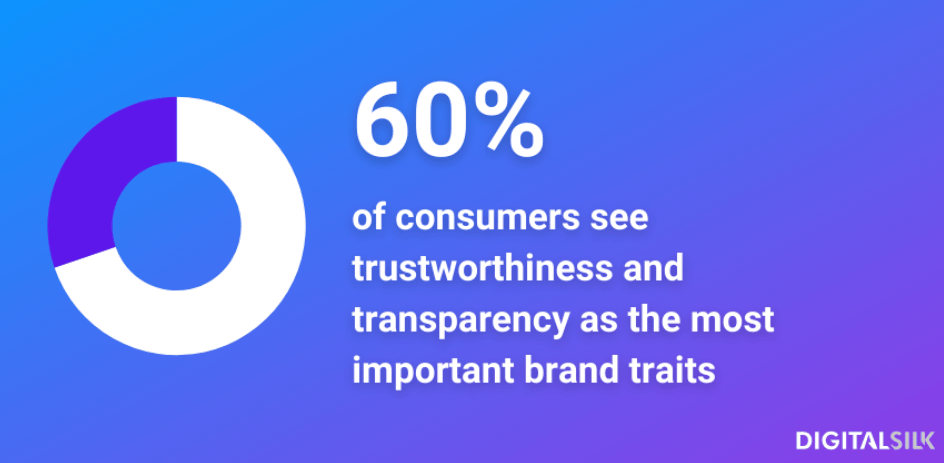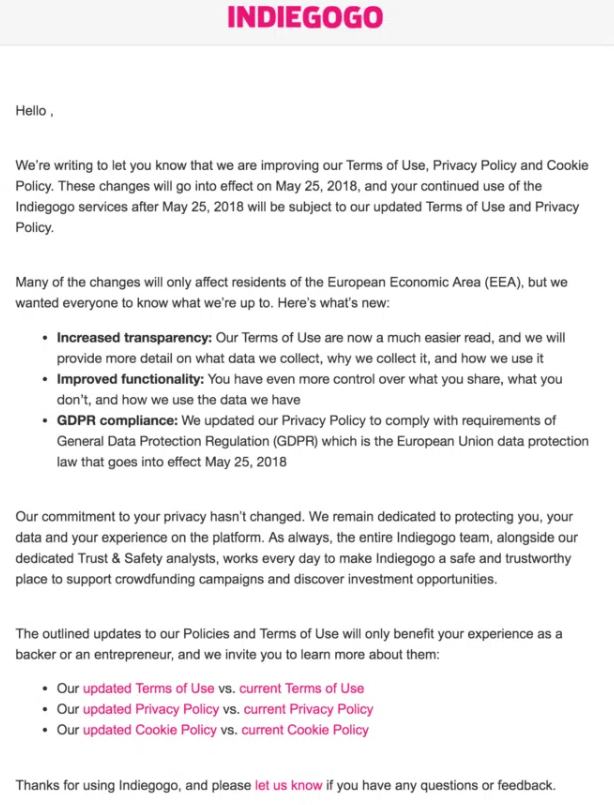- Startup Stoic
- Posts
- Trust Hacking: 10 Ways to Design a Brand That Feels Safe Instantly
Trust Hacking: 10 Ways to Design a Brand That Feels Safe Instantly
Designing Brands That Feel Safe and Credible
When a potential customer lands on your website or sees your product for the first time, you have less than 10 seconds to earn their trust. That first impression can mean the difference between a bounce and a conversion. And in an online world brimming with options, customers don’t buy just based on features — they buy from brands they feel safe with.
This is where “Trust Hacking” comes in — a blend of psychology, design thinking, and behavioral strategy that helps your brand instantly feel credible, honest, and dependable. In this issue of Startup Stoic, we’ll share 10 actionable tips to design brands that exude trust from the very first click.

Source: DIGITALSILK
1. Clarity Over Cleverness
Avoid vague headlines or abstract messages on your landing page. Instead, clearly state what you offer, who it’s for, and what action the user should take. Clarity builds confidence. Confusion kills it.
Example: Instead of “We make magic happen,” say “We help small businesses automate their finances in 3 clicks.”
From your tone of voice to colors, typography, and button styles — keep it consistent across every platform. Consistency is a subconscious trust signal. If your brand looks polished and predictable, users assume your product or service will be too.
Testimonials, reviews, user counters, and client logos are essential — but don’t just throw them on your homepage. Place social proof contextually (e.g., next to pricing, signup forms, or checkout). And ensure it’s authentic — avoid overly polished testimonials that seem scripted.
Find your customers on Roku this Black Friday
As with any digital ad campaign, the important thing is to reach streaming audiences who will convert. To that end, Roku’s self-service Ads Manager stands ready with powerful segmentation and targeting options. After all, you know your customers, and we know our streaming audience.
Worried it’s too late to spin up new Black Friday creative? With Roku Ads Manager, you can easily import and augment existing creative assets from your social channels. We also have AI-assisted upscaling, so every ad is primed for CTV.
Once you’ve done this, then you can easily set up A/B tests to flight different creative variants and Black Friday offers. If you’re a Shopify brand, you can even run shoppable ads directly on-screen so viewers can purchase with just a click of their Roku remote.
Bonus: we’re gifting you $5K in ad credits when you spend your first $5K on Roku Ads Manager. Just sign up and use code GET5K. Terms apply.
4. Design for Speed and Simplicity
A slow or cluttered site raises red flags. Users associate speed and simplicity with professionalism. Optimize your UX to remove unnecessary steps. Use white space generously. Make CTAs obvious.
Pro tip: Remove one click from every user journey if you can.
5. Show Faces. Human Faces.
Real people make your brand feel real. Include founder photos, behind-the-scenes team moments, or happy customers. Eye-tracking studies show users gravitate toward faces, and we tend to trust brands that show human emotion and authenticity.
6. Be Transparent With Pricing & Policies
Don’t hide your prices behind demo forms. Be upfront. Clearly state return policies, delivery timelines, and support availability. Vagueness breeds mistrust.

Example from Indiegogo
Bonus: Add a “No hidden fees” badge near the checkout button.
7. Borrow Trust with Strategic Partnerships
If you’re just starting out, borrow credibility by showcasing media mentions, collaborations, certifications, or integrations with known tools. Even a “Built with Stripe” or “Featured in YourStory” badge can go a long way.
8. Include Visual Cues of Trust
Trust seals (SSL certificates, money-back guarantees, secure payment badges), professional typography, and high-quality imagery tell users that you’ve invested in your platform — and that makes them more likely to invest in you.
9. Keep Your Brand Voice Grounded
Avoid over-promising. Say what you do, do what you say. Brands that sound too “salesy” or exaggerated tend to lose user trust. The best tone is confident yet humble, knowledgeable yet accessible.
10. Maintain a “Trust Feedback Loop”
Trust doesn’t end after signup or purchase. Follow through with onboarding emails, proactive customer support, and regular engagement. Ask users for feedback — and more importantly, act on it.
Trust isn’t just built — it’s maintained over time.
Closing Thoughts
In the age of AI-generated content and too-good-to-be-true promises, trust is the new currency. People want to buy from brands that make them feel safe, seen, and supported. Whether you’re bootstrapping your MVP or revamping your brand for scale, trust hacking is one of the most valuable design strategies in your toolkit.
Remember: it’s not about being perfect — it’s about being consistently trustworthy.
Startup News And Updates
Hadrian raises $260 million to construct automated manufacturing for defence and space components. Link
Mistral AI: What is it? Everything you need to know about the rival to OpenAI. Link
According to insiders, Benchmark is negotiating to lead Greptile's Series A, with an AI-code reviewer valued at $180 million. Link
Until next time,
— Team Startup Stoic

